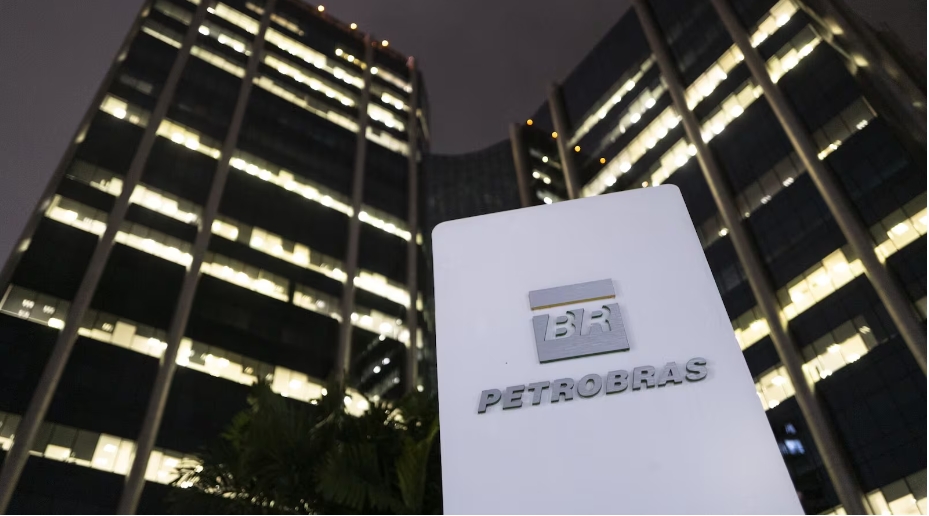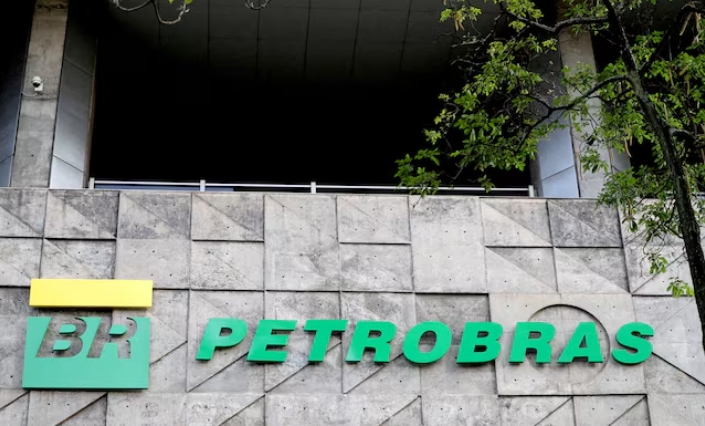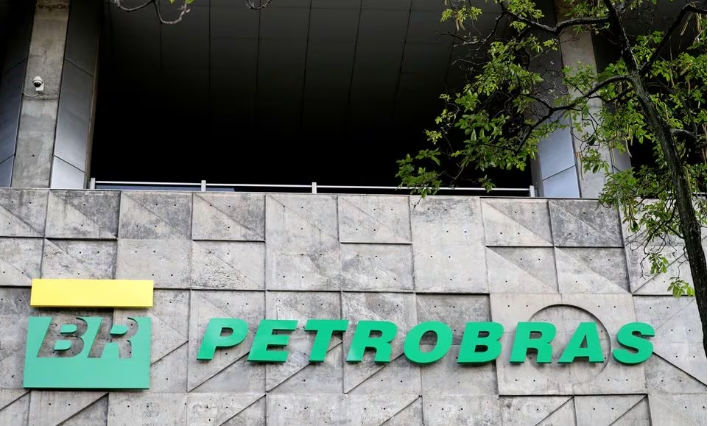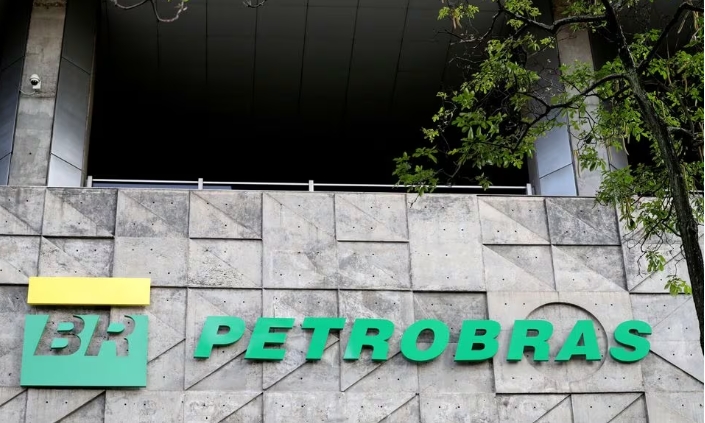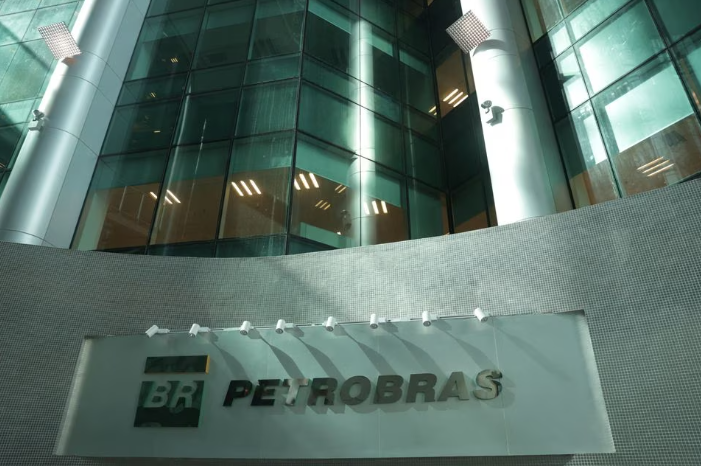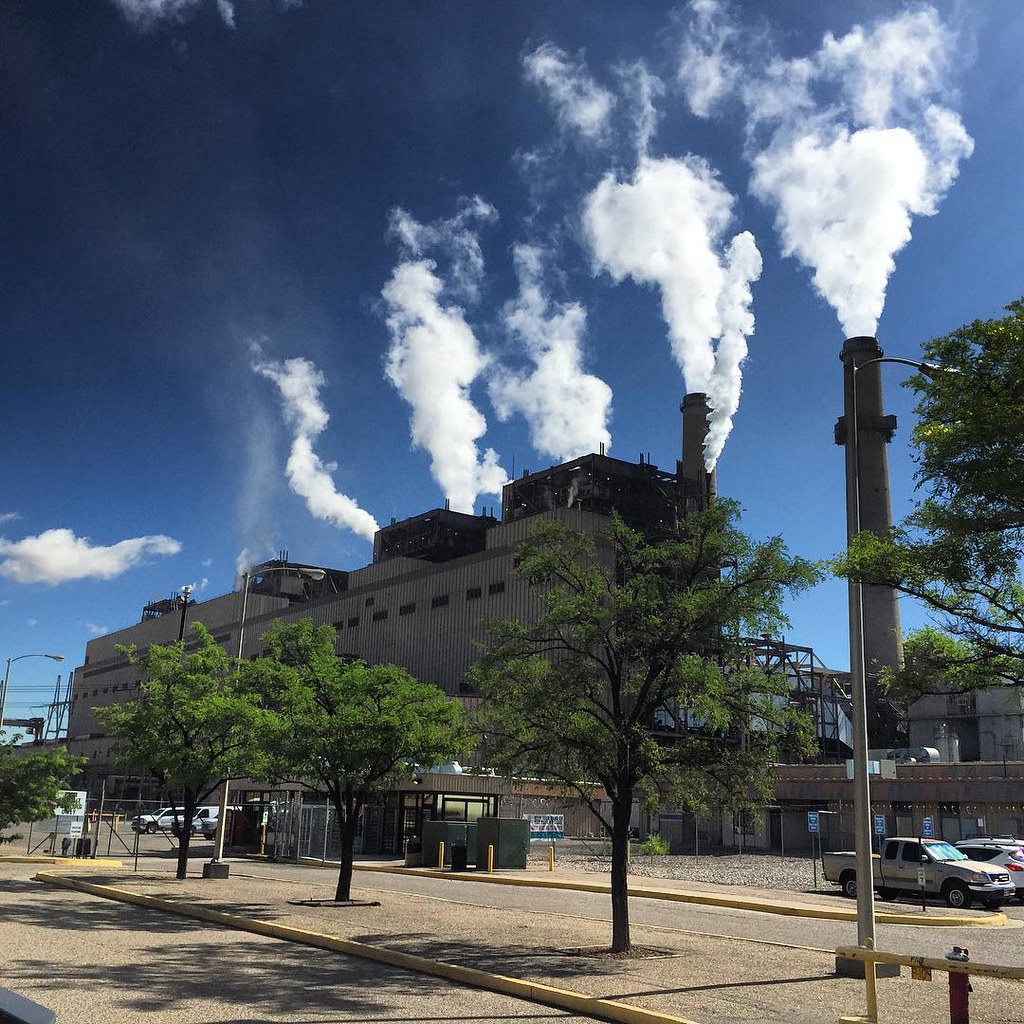 San Juan Generating Station (CC BY 2.0) by Robotclaw666 (Steve Terrell). The San Juan Generating Station. Enchant Energy hopes to retrofit the coal-fired plant with carbon capture technology.
San Juan Generating Station (CC BY 2.0) by Robotclaw666 (Steve Terrell). The San Juan Generating Station. Enchant Energy hopes to retrofit the coal-fired plant with carbon capture technology.
Energy engineer and consultant David Schlissel questioned some of the claims presented by Enchant Energy and consulting firm Sargent & Lundy on the feasibility of retrofitting the San Juan Generating Station with carbon capture system technology.
PNM, the majority stakeholder in the plant, plans to shutter the facility by 2022 as part of the utility’s wider goal of ending all coal-fired power generation in its portfolio by 2031. That strategy aligns with Gov. Michelle Lujan Grisham’s Energy Transition Act (ETA) law, which would require 50 percent of the state’s electricity generation to come from renewable energy sources by 2030.
Enchant Energy has proposed acquiring 95 percent of the coal-fired San Juan Generating Station to install a carbon capture system that it says would offer a cost-effective, low-emission solution to keep the coal-fired plant open beyond 2022.
Schlissel testified his concerns about the proposal before the Public Regulation Commission in response to the recent testimony of PRC staff witness Dhiraj Solomon, acting engineering bureau chief of PRC’s utility division. Solomon argued that a carbon capture system would enable the plant to operate within the emission requirements of the ETA.
Santa Fe-based clean energy advocacy group New Energy Economy filed Schlissel’s testimony with the PRC late last week. Schlissel is that latest critic of the project.
Enchant Energy has claimed the proposal, which would turn the San Juan plant into the largest carbon capture storage and utilization system in the world, would reduce the carbon emissions of the coal-fired plant by 90 percent and would be capable of removing 6 million tons of carbon dioxide each year starting in 2023.
Enchant Energy has claimed the proposal, which would turn the San Juan plant into the largest carbon capture storage and utilization system in the world, would reduce the carbon emissions of the coal-fired plant by 90 percent and would be capable of removing 6 million tons of carbon dioxide each year starting in 2023.
But Schlissel was critical of those promises and the assumptions that underlie them.
“Continuing to operate [the San Juan Generating Station] after being retrofitted for [carbon capture] is not a feasible financial or economic scenario and is not a plausible scenario,” Schlissel said in his testimony.
He added that two reports released by Enchant Energy and Sargent & Lundy, which have been used to pitch the project to local officials, were “based on a significant number of overly optimistic or incorrect assumptions.”
Schlissel said he was skeptical that the retrofitted plant would be able to capture 6 million tons of carbon dioxide per year, and said it was “extremely unlikely” that the plant would be “a low-cost generator after the retrofit.”
He noted the plant’s two operating units will be 47 and 41 years old by 2023.
“Older plants, on average, tend to cost more to operate and maintain and are less reliable,” he said, pointing to analyses by the U.S. Department of Energy’s Argonne National Laboratory and the National Energy Technology Laboratory. “These factors must be considered by potential plant owners and investors as they decide to participate in retrofit projects at aging coal plants such as [San Juan Generating Station].”
Schlissel questioned Enchant Energy and S&L’s assumptions that the two units could operate at between 85 percent and 100 percent capacity in the future. Last year, the two units operated between 60 percent and 70 percent capacity, “far below the 85 percent average capacity factor that Enchant and S&L claim the plant will achieve starting in 2023, after being retrofitted for CO2 capture,” he said.
PNM’s own modeling estimates the two units would average just 47 percent of capacity between 2023 and 2035.
Future operating capacity, and subsequent carbon dioxide capture and storage, are key considerations for Enchant Energy’s proposal, because some of the funding for the project is tied to its carbon sequestration, while its proposed business model is supplemented by selling carbon to oil producers in the Permian Basin.
“The [San Juan Generating Station] retrofit proposal submitted by Enchant Energy relies on a series of assumptions that are little more than wishful thinking,” Schlissel said. “Based on the evidence I have reviewed and the analyses I presented above, I do not believe that carbon capture and sequestration is financially feasible at [San Juan Generating Station].”
PNM said it investigated whether a carbon capture system would be feasible for the San Juan plant, but ultimately decided against it. PNM spokesperson Raymond Sandoval told UtilityDive there are “too many economic and environmental unknowns in carbon capture” for the utility to consider the technology a feasible option for the plant.

